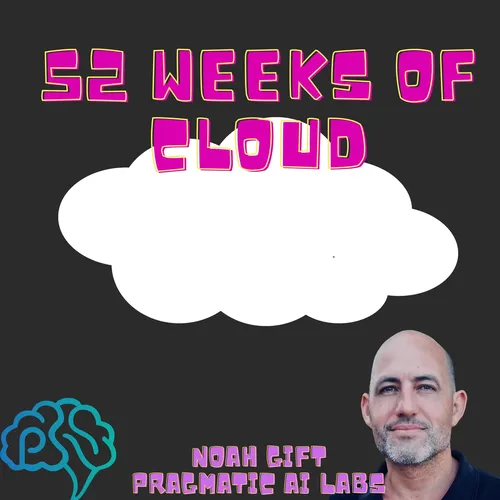Can we learn from Food Regulation in EU with Tech Regulation?
- Author
- Pragmatic AI Labs
- Published
- Sat 15 Feb 2025
- Episode Link
- podcast.paiml.com
Food Industry Self-Regulation: A Case Study in Regulatory Economics
Key Statistical Evidence
- Self-Regulation Metrics (2000-Present)
- 98.7% of food additives introduced through self-regulation
- 756 novel ingredients added without rigorous safety evidence
- Demonstrates significant Type II error risk in regulatory framework
Regulatory Framework Comparison
United States Model
Current Regulatory Architecture
- Predominantly voluntary compliance mechanisms
- Post-market surveillance limitations
- Harvard analysis (Broad-Leib) indicates systemic regulatory capture
Case Study: Trans Fats
- Temporal lag between identification of health risks (1950s) and regulatory action
- Demonstrates β-error in regulatory hypothesis testing
- Significant public health externalities observed
European Union Model
Precautionary Principle Framework
- Ex ante regulatory approach
- Centralized database implementation
- Proactive additive review methodology
Empirical Outcomes
- Observable differences in food composition
- Lower processed ingredient density
- Correlation with improved public health metrics
- Lower obesity rates and higher life expectancy (causality implied but not proven)
Economic Implications
Market Failures
Information Asymmetry
- Consumers lack complete ingredient transparency
- Principal-agent problem in food safety
- Market efficiency degradation
Negative Externalities
- Public health costs
- Disproportionate impact on lower socioeconomic strata
- Systemic healthcare burden
Parallel to Technology Sector
Regulatory Pattern Analysis
Similar Arguments Against Regulation
- Innovation impediment claims
- Market efficiency arguments
- Self-regulation advocacy
Key Differences
- Information goods vs. physical goods
- Network effects considerations
- Systemic risk profiles
Theoretical Framework
Regulatory Economics
Optimal Regulation Theory
- Balance between market freedom and consumer protection
- Cost-benefit analysis of regulatory intervention
- Dynamic efficiency considerations
Public Choice Implications
- Concentrated benefits, diffuse costs
- Regulatory capture mechanisms
- Interest group dynamics
Conclusions
- Empirical evidence supports stronger regulatory frameworks
- Self-regulation demonstrates significant market failures
- Parallel patterns emerging in technology sector regulation
- Public health and democratic implications require consideration
This analysis suggests that the food industry case study provides valuable insights into the limitations of self-regulation in markets with significant information asymmetries and externalities.
🔥 Hot Course Offers:
- 🤖 Master GenAI Engineering - Build Production AI Systems
- 🦀 Learn Professional Rust - Industry-Grade Development
- 📊 AWS AI & Analytics - Scale Your ML in Cloud
- ⚡ Production GenAI on AWS - Deploy at Enterprise Scale
- 🛠️ Rust DevOps Mastery - Automate Everything
🚀 Level Up Your Career:
- 💼 Production ML Program - Complete MLOps & Cloud Mastery
- 🎯 Start Learning Now - Fast-Track Your ML Career
- 🏢 Trusted by Fortune 500 Teams
Learn end-to-end ML engineering from industry veterans at PAIML.COM
